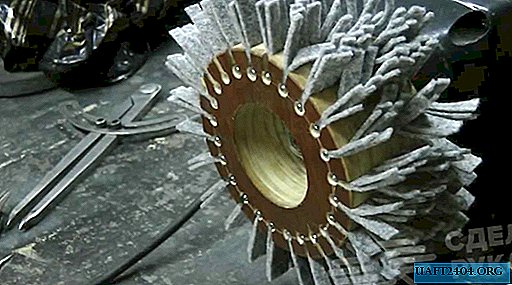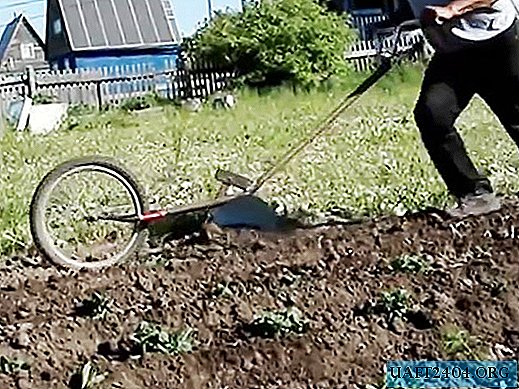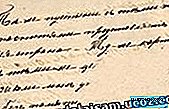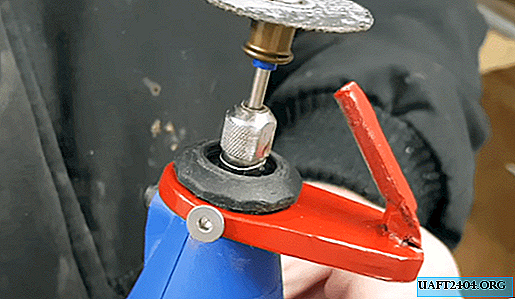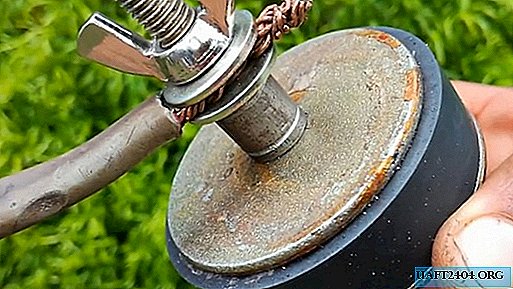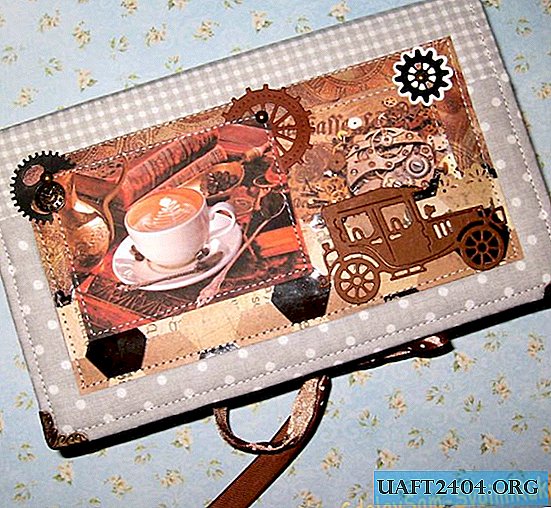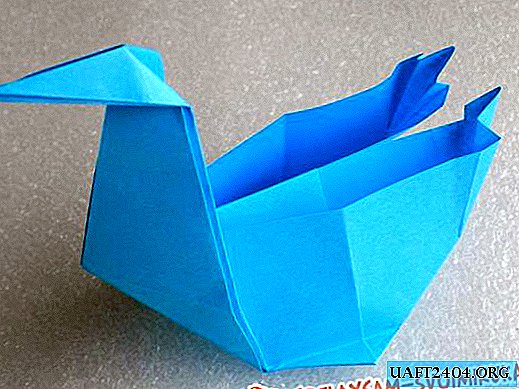Share
Pin
Tweet
Send
Share
Send
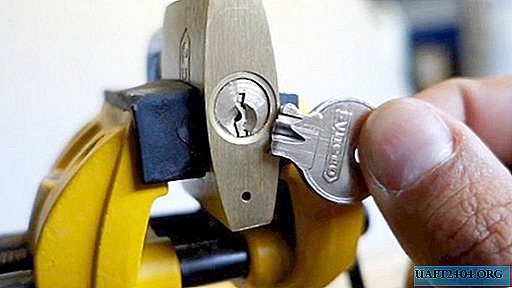
A broken key in the core of the lock is extremely unpleasant, especially if you want to keep the lock, and there are also spare keys. A stuck fragment of a key not only prevents the lock from being opened, but can also make it completely unusable. Fortunately, there are ways to deal with this problem with improvised means. We bring to your attention as many as seven ways to get a key chip out of the lock core.
Dismantling tools
- A set of lock picks for locks (studs, hooks);
- Eyebrow tweezers;
- A small furniture screw;
- Household knife with a short conical blade;
- Fishing hook;
- Drill for 2-3 mm;
- Narrow metal sheet.
Scissors for metal, a screwdriver or drill and pliers are also useful.
Seven Ways to Remove a Key Chip from a Lock
Before starting extraction, it is imperative to spray the keyhole with WD-40 lubricating aerosol, especially if the lock has been idle for some time.

We use lock picks
A set of lock picks, even if they are represented by different types of devices, will be combined into one fastest and most reliable way. The manufacturers of this tool probably imagine a variety of locks, so this tool is represented by a large assortment of types and sizes. So in our case we use an inexpensive set of metal ruffled studs and hooks from flat plates with handles.

For starters, we put a pin between the key and the walls of the keyhole. We try to pull the chip out of the castle with a short sharp movement. It happens that you need to slightly scroll the cylindrical core of the lock to the desired position. In this case, a flat hook will help us out. Having placed it as deep as possible in the core, we turn it to the symmetrical position of the key with respect to the walls of the lock, and catching the end of the hook, we pull the key fragment out;




Using Eyebrow Tweezers
Eyebrow tweezers (micro tweezers) can also serve as a tool for such work. Most locks have a small cylindrical recess outside the core. Sometimes it is enough to hook the edge of the key fragment with tweezers, like tweezers, and pull it out of the lock;


The screw is in the business
A more original way is with a self-tapping screw. We twist it with force between the fragment and the wall of the lock core with pliers or a screwdriver. The thread of a self-tapping screw may well serve as a ruff for pulling the debris out with pliers. But even if not, a thinner lock pick, such as a hairpin, can be easily inserted into the hole expanded by it;



With a knife
Needless to say, an ordinary knife is the most versatile tool for any homework. So in our case, it can come in handy if you pick a chip with a sharp tip and try to pull the edge of the plate out of the lock with a lever. There will be more chances of success if you apply the second knife in the same way, only on the other side;



Fishing hook
A fishing hook increases the chances of defeating a stuck piece of key in the lock. With pliers we stretch it slightly, and use it as a hook for the edge of the wreck;



We use a drill
A thin drill can try to cope with this problem. It can happen if you drill a little to a depth of about 0.5-1 cm, and try to pull the chip along with the drill from the core of the castle. An ambiguous method, since very often with such holes there is a high probability of breakage of the drill and wedging of the wreckage inside the lock;
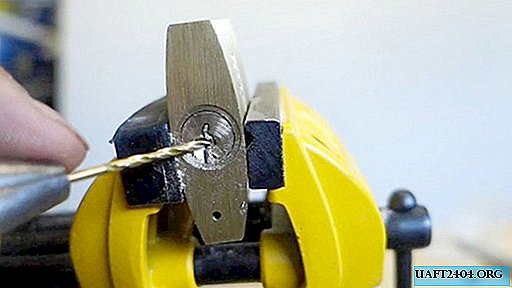

Apply a thin canvas
From a narrow cloth for a hacksaw for metal, you can make a ruffled flat master key. Using scissors for metal, we cut the canvas lengthwise to the width of the free space in the core of the castle. Most often it is 3-4 mm, not more. We align the master key with pliers and try to hook the teeth with the teeth edge. If necessary, the plate can be sharpened.





Even in such a critical situation, it is important to remember that there are no hopeless situations. Of course, a professional tool helps out, but often the most common devices from improvised materials also help. Go ahead, try, and you will surely succeed!

Share
Pin
Tweet
Send
Share
Send

